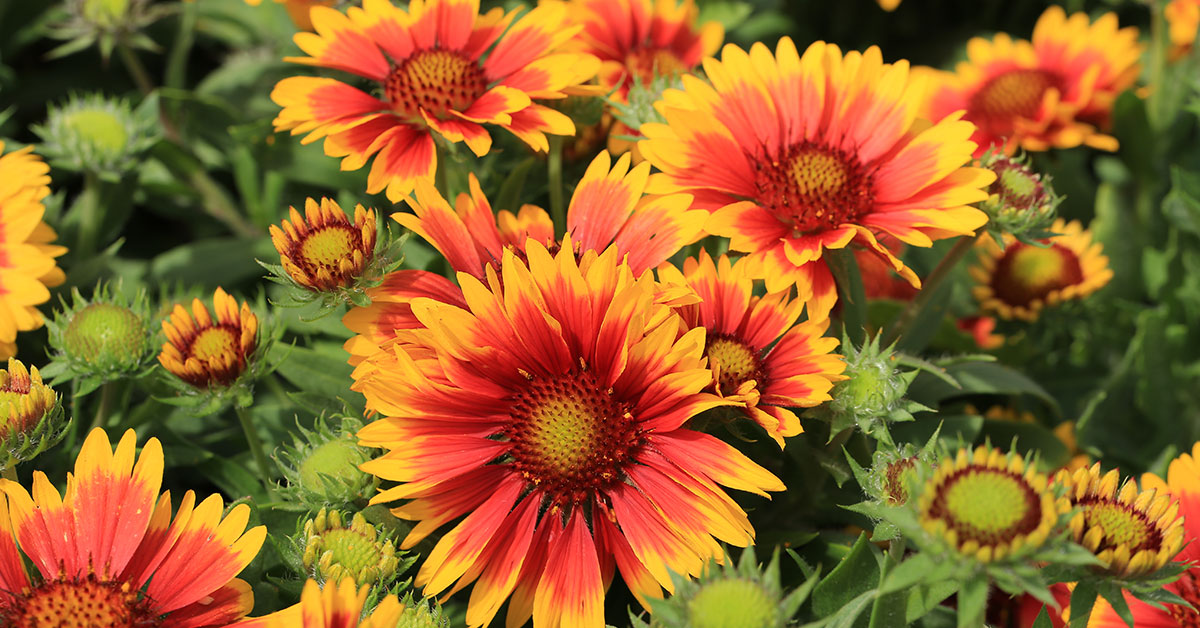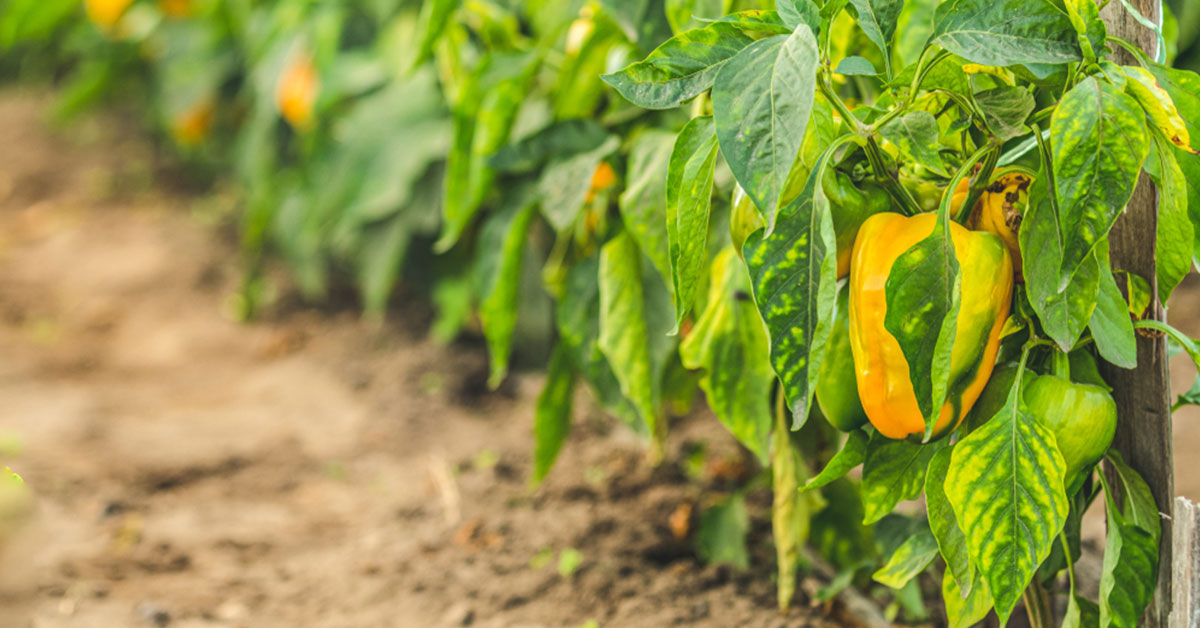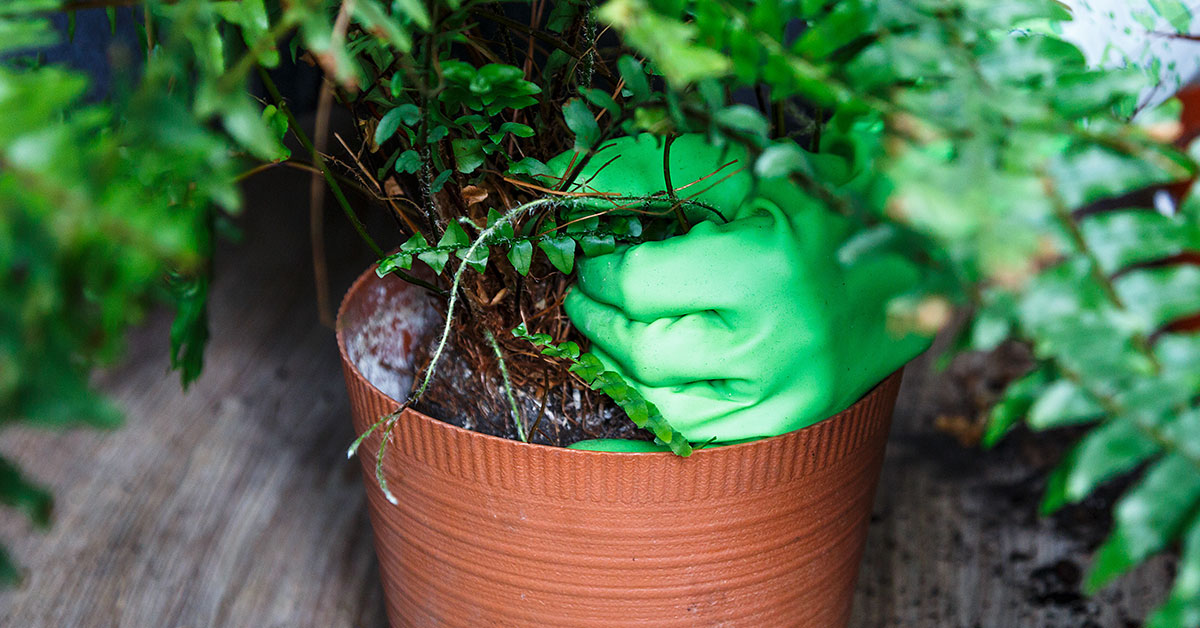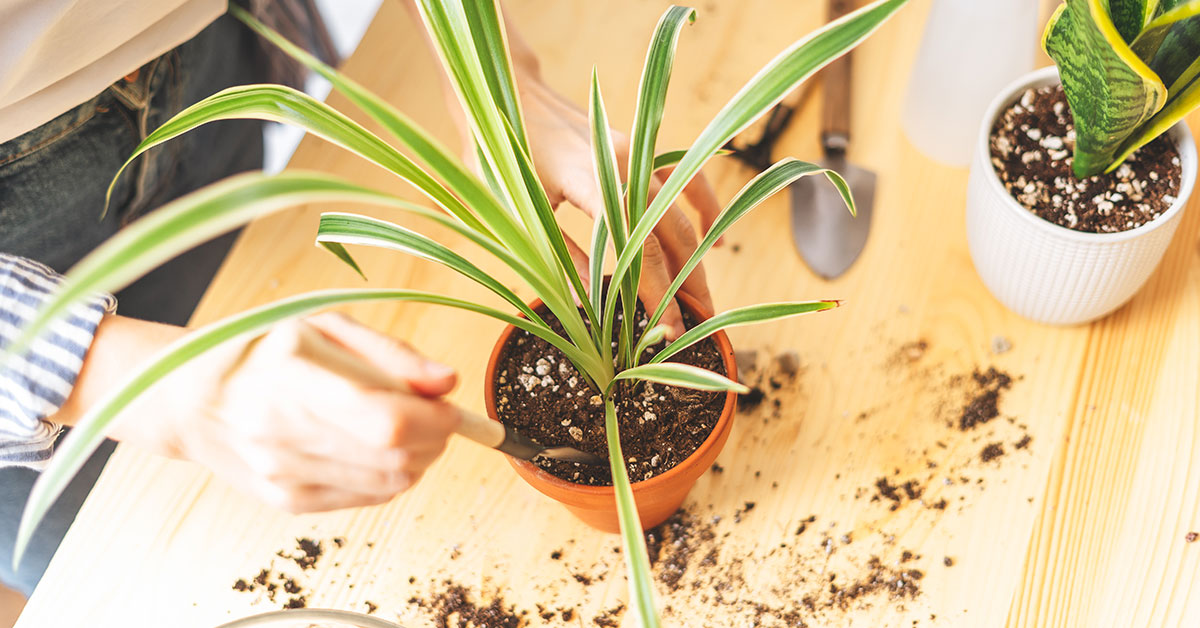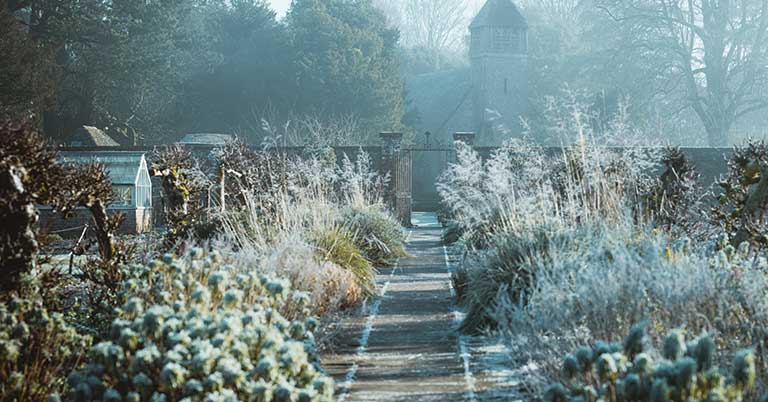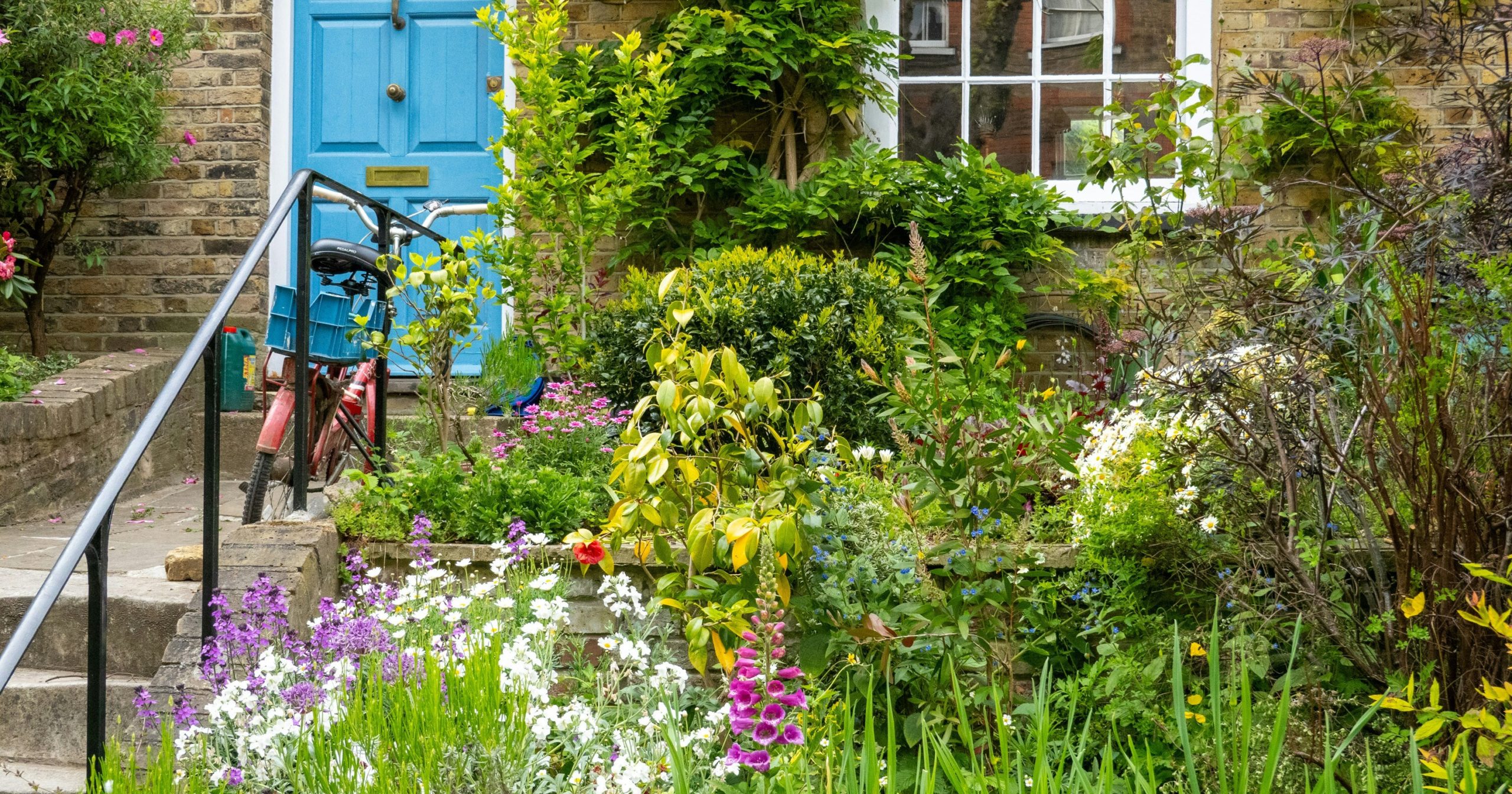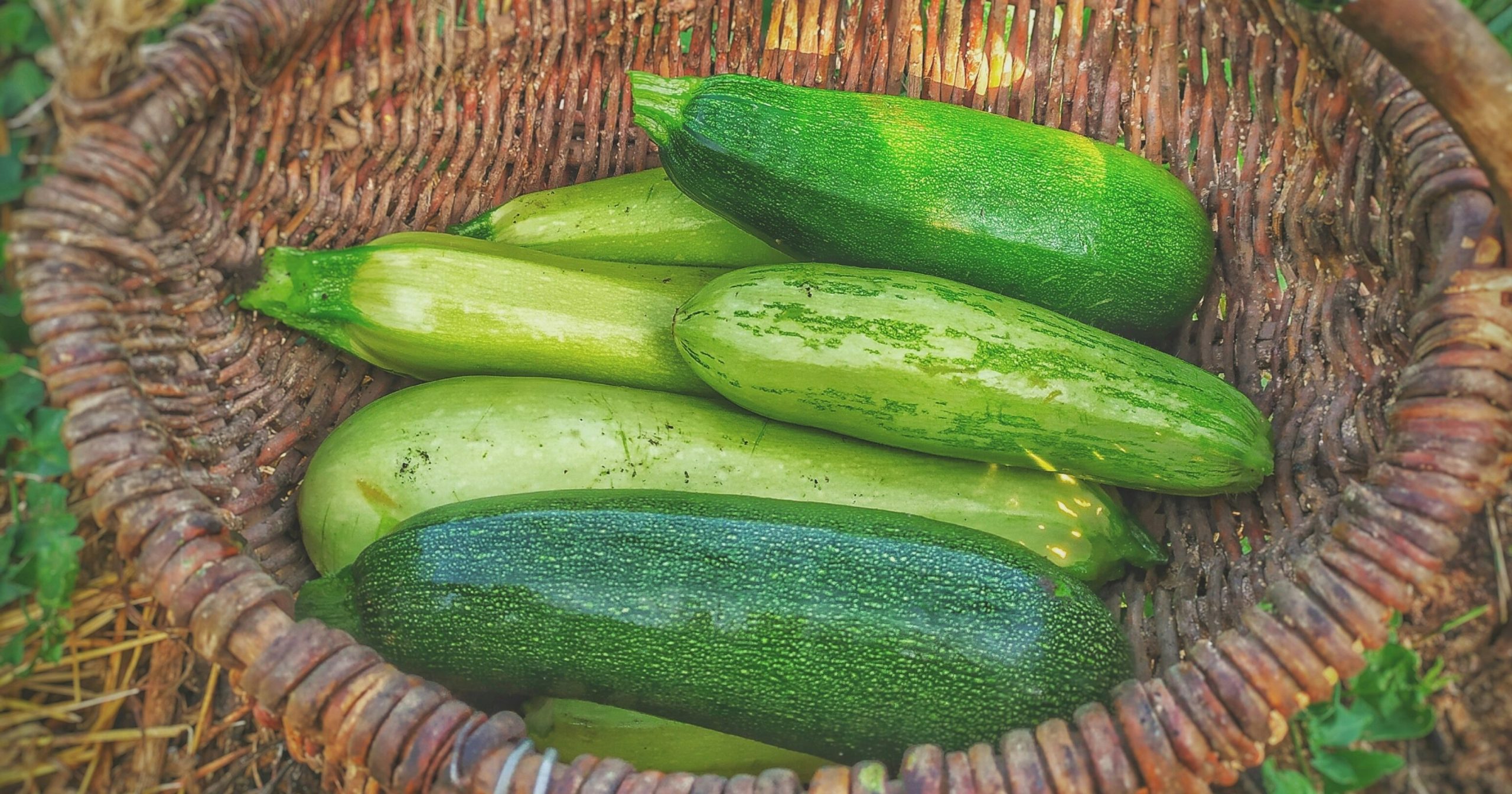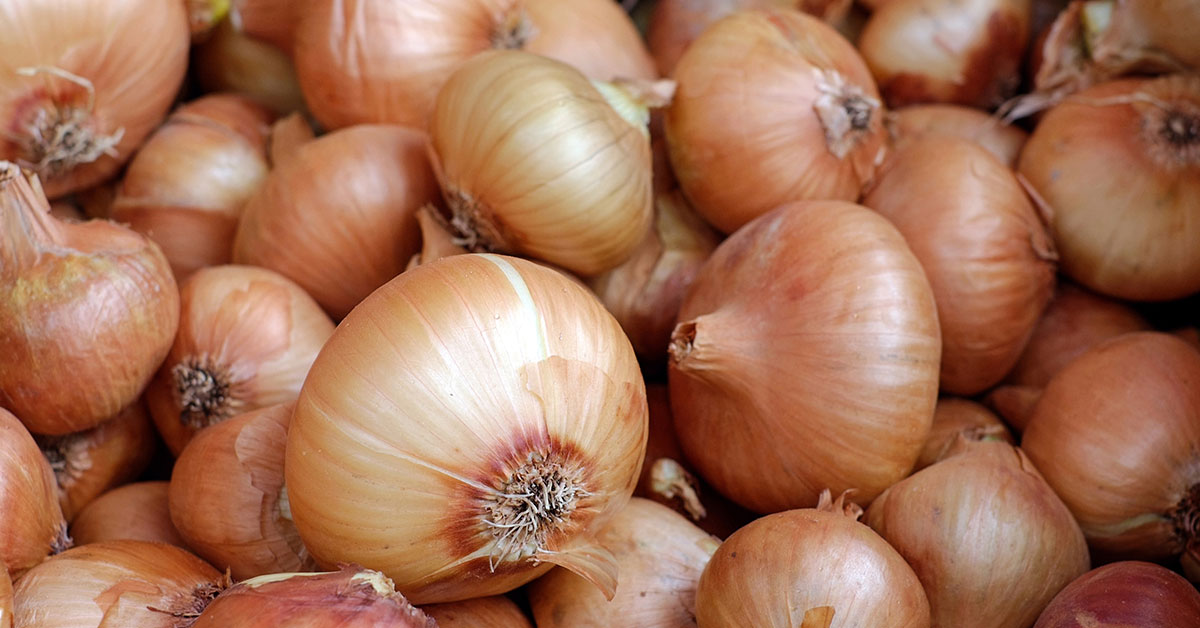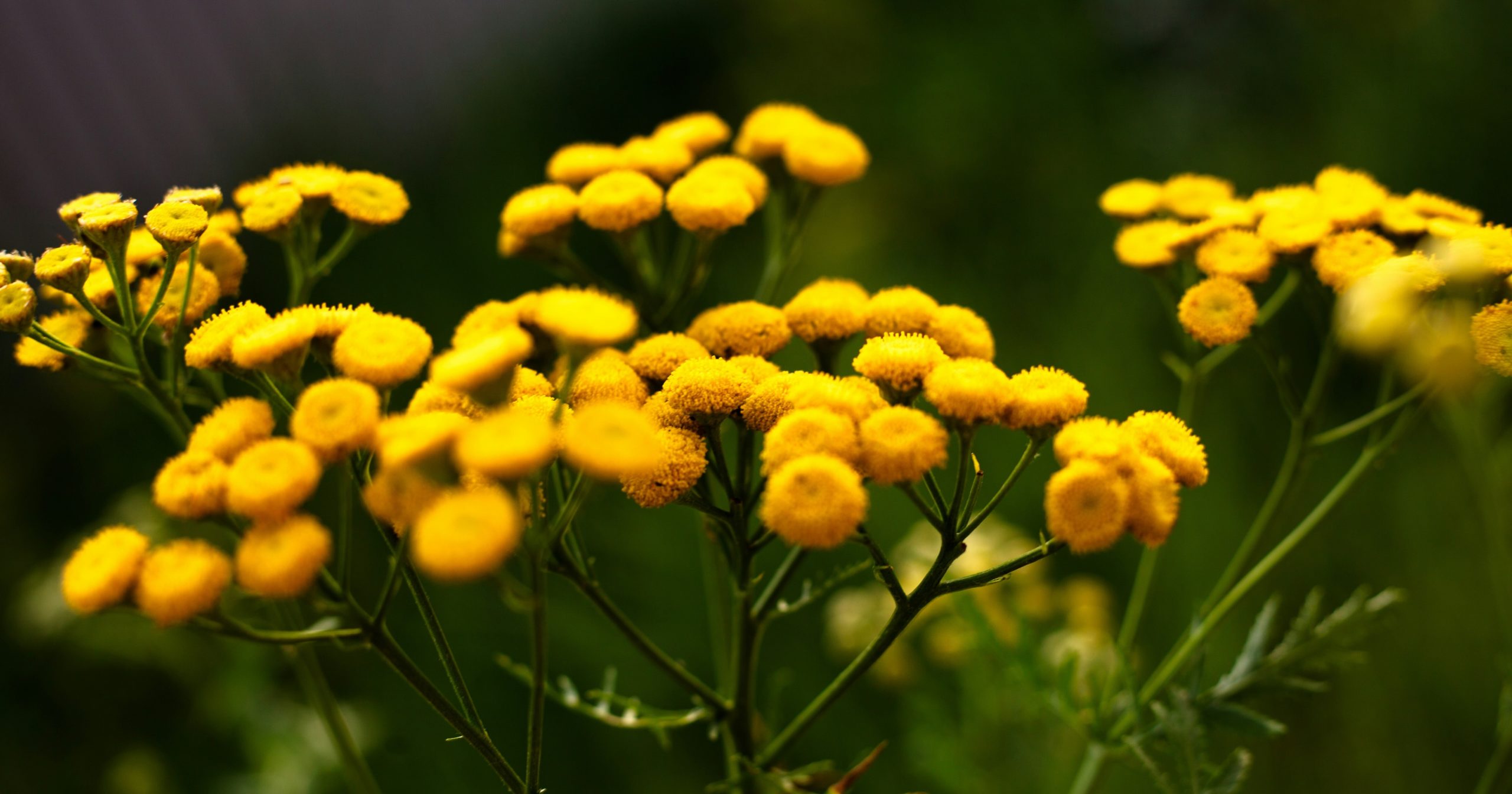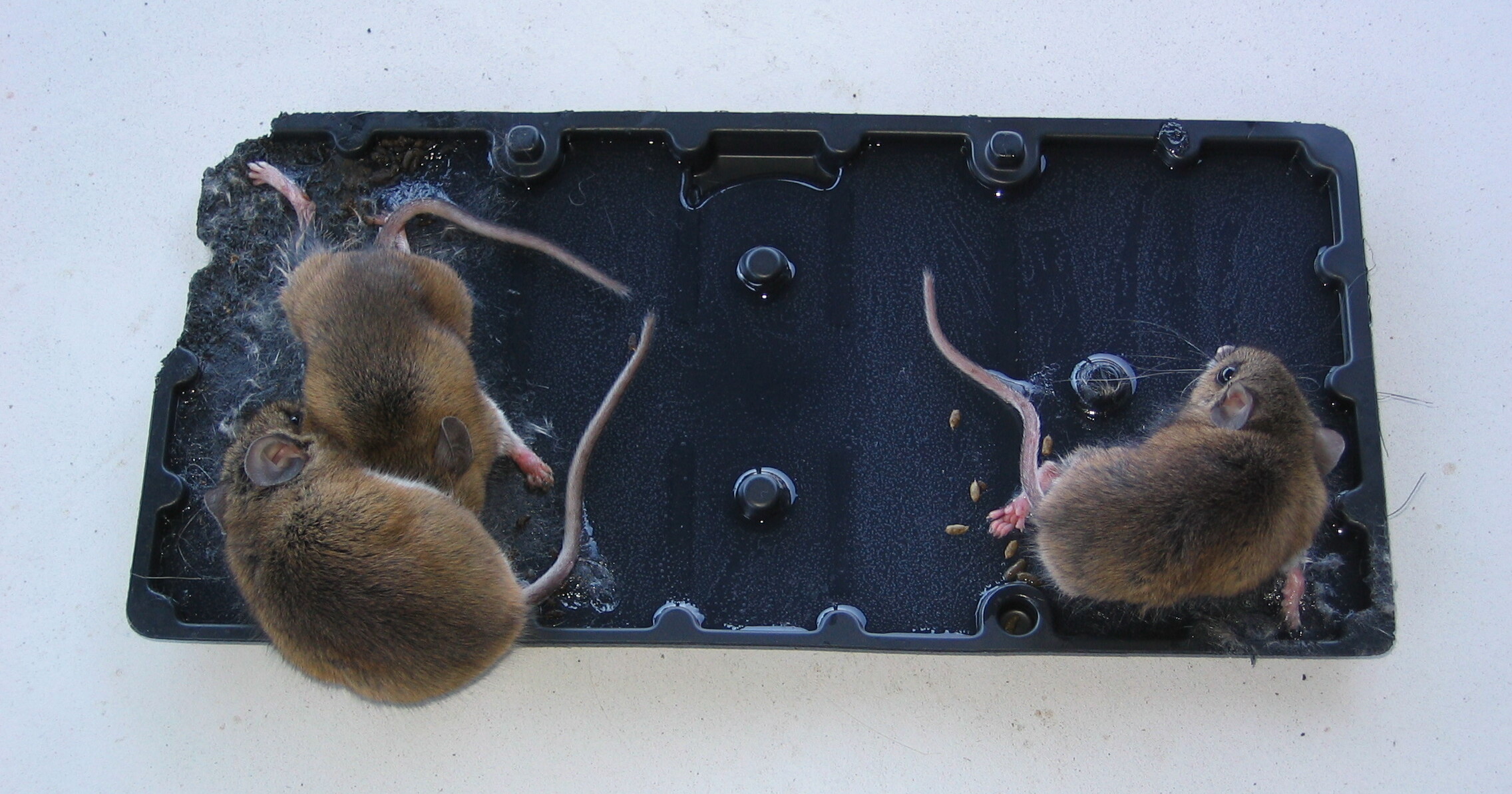Welcome to our comprehensive guide on the best tomatoes to grow in Zone 7! If you are a gardening enthusiast residing in this region, you are in for a treat. Zone 7 offers a unique climate that is ideal for cultivating a wide variety of tomatoes. With its moderate winters and warm summers, this zone provides the perfect conditions for these delicious fruits to thrive.
Whether you are a seasoned gardener or a beginner, we have compiled a list of the top tomato varieties that are well-suited to Zone 7. From juicy beefsteaks to sweet cherry tomatoes, get ready to discover the perfect cultivars that will flourish in your Zone 7 garden. Let’s dive in and explore the best tomatoes to grow in Zone 7!
The best tomatoes to grow in Zone 7
When it comes to growing tomatoes in Zone 7, it’s important to choose varieties that are well-suited to the specific climate and conditions of this region. The best tomatoes to grow in Zone 7 are those that can thrive in the warm summers and mild winters typically experienced in this zone. Here are ten top tomato varieties that are known to perform exceptionally well in Zone 7:
- ‘Early Girl’: This classic variety is known for its early maturity, producing delicious medium-sized fruits that are perfect for slicing and salads.
- ‘Celebrity’: A reliable and disease-resistant variety, ‘Celebrity’ produces large, flavorful tomatoes that are perfect for fresh eating or canning.
- ‘Better Boy’: This popular hybrid variety is known for its high yields of large, juicy tomatoes, making it a favorite among home gardeners in Zone 7.
- ‘Roma’: If you’re looking to grow tomatoes for sauces, pastes, or canning, ‘Roma’ is an excellent choice. These meaty, plum-shaped tomatoes are perfect for cooking.
- ‘Cherokee Purple’: With its unique, dusky purple color and rich, sweet flavor, ‘Cherokee Purple’ is a favorite heirloom variety that thrives in Zone 7.
- ‘Sun Gold’: For those who love sweet, bite-sized tomatoes, ‘Sun Gold’ is a must-grow variety. These golden-orange cherry tomatoes are incredibly flavorful and perfect for snacking.
- ‘Brandywine’: Another beloved heirloom variety, ‘Brandywine’ produces large, beefsteak tomatoes with a rich, sweet flavor that is hard to beat.
- ‘San Marzano’: If you’re a fan of Italian cuisine, ‘San Marzano’ tomatoes are a must-have. These elongated, meaty tomatoes are perfect for making sauces and are highly prized by chefs.
- ‘Yellow Pear’: This unique variety produces small, pear-shaped tomatoes with a vibrant yellow color. ‘Yellow Pear’ tomatoes are deliciously sweet and add a pop of color to salads and dishes.
- ‘Green Zebra’: If you’re looking for something a little different, ‘Green Zebra’ is a fantastic choice. These small, striped tomatoes have a tangy flavor and add a beautiful touch to salads and salsas.
Remember, these are just a few examples of the best tomatoes to grow in Zone 7. There are many other wonderful varieties available, so don’t hesitate to explore and experiment with different types to find the ones that suit your taste and gardening preferences.
Avoid growing these tomatoes in Zone 7
When it comes to growing tomatoes in Zone 7, it is crucial to choose varieties that are well-suited to the specific climate and growing conditions of the region. While there are numerous tomato varieties available, not all of them thrive in Zone 7. Here are ten tomato varieties that are best avoided in this zone:
- Beefsteak tomatoes: While beefsteak tomatoes are popular for their large size and juicy flesh, they tend to have a longer growing season, making it challenging to achieve optimal ripening in the relatively shorter growing season of Zone 7.
- Brandywine tomatoes: Brandywine tomatoes are known for their exceptional flavor, but they are also notorious for their long maturation period. In Zone 7, where the growing season is relatively shorter, it can be difficult to harvest fully ripe Brandywine tomatoes.
- Black Krim tomatoes: Although Black Krim tomatoes are highly sought after for their unique dark color and rich taste, they are not the best choice for Zone 7 due to their longer maturation period.
- Pineapple tomatoes: Pineapple tomatoes are prized for their sweet, tropical flavor. However, their longer growing season and susceptibility to cracking make them less suitable for Zone 7.
- Green Zebra tomatoes: Green Zebra tomatoes are known for their vibrant green color and tangy taste. However, they require a longer growing season to fully ripen, making them less ideal for Zone 7.
- Mortgage Lifter tomatoes: While Mortgage Lifter tomatoes are beloved for their large size and delicious flavor, their extended maturation period can pose challenges in Zone 7, where the growing season is relatively shorter.
- Cherokee Purple tomatoes: Cherokee Purple tomatoes are renowned for their rich, smoky flavor. However, their longer growing season and susceptibility to cracking make them less suitable for Zone 7.
- Hillbilly tomatoes: Hillbilly tomatoes are characterized by their yellow and red streaked flesh and sweet flavor. Nevertheless, their longer maturation period may make it difficult to achieve optimal ripening in Zone 7.
- Chocolate Stripes tomatoes: Chocolate Stripes tomatoes are known for their beautiful, dark color and sweet taste. However, their longer growing season can be a challenge in Zone 7.
- Mr. Stripey tomatoes: Mr. Stripey tomatoes are visually striking with their yellow and red stripes. Unfortunately, their longer maturation period may make it challenging to grow them successfully in Zone 7.
While these varieties may not be the best choices for Zone 7, there are numerous other tomato varieties that are well-suited to this region. It is always recommended to choose tomato varieties specifically bred for Zone 7 to ensure a successful and bountiful harvest.
Tips for growing tomatoes in Zone 7
Zone 7 offers a favorable climate for growing a wide variety of tomatoes. With warm summers and mild winters, gardeners in this zone have the opportunity to cultivate a diverse range of tomato cultivars. To ensure a successful harvest, it is essential to choose the best tomatoes for Zone 7 and implement proper care and cultivation techniques. In this article, we will explore some tips and best practices to help you grow the best tomatoes in Zone 7.
- Selecting the Right Tomato Varieties:
When it comes to growing tomatoes in Zone 7, selecting the appropriate tomato varieties is crucial. Opt for cultivars that are well-suited to the region’s climate and have a relatively short growing season. Some excellent choices for Zone 7 include Early Girl, Celebrity, Better Boy, and Rutgers. These varieties are known for their adaptability to varying weather conditions and consistent yields. - Timing is Key:
Start your tomato plants indoors, approximately 6-8 weeks before the last expected frost date in Zone 7. This will give your seedlings a head start and allow them to develop strong root systems. Transplant the seedlings outdoors once the threat of frost has passed and the soil temperature has reached around 60°F (15°C). This timing will ensure that your tomatoes have ample time to mature and ripen before the first fall frost. - Soil Preparation:
Tomatoes thrive in well-draining, fertile soil. Prior to planting, prepare the soil by incorporating organic matter such as compost or well-rotted manure. This will enhance the soil’s fertility, moisture retention, and drainage capabilities. Aim for a slightly acidic soil pH level between 6.0 and 6.8, as this range is optimal for tomato growth. - Proper Planting Techniques:
When planting your tomato seedlings, ensure they are placed at a depth that covers the stem up to the first set of leaves. This encourages the development of additional roots along the buried stem, resulting in a stronger and more vigorous plant. Space the plants approximately 2-3 feet apart to allow for proper air circulation and prevent the spread of diseases. - Watering and Fertilizing:
Consistent and adequate watering is essential for healthy tomato plants. Aim to provide around 1-1.5 inches of water per week, either through rainfall or irrigation. Water deeply and avoid overhead watering to minimize the risk of fungal diseases. Additionally, fertilize your tomato plants regularly with a balanced fertilizer, following the package instructions. This will ensure they receive the necessary nutrients for robust growth and abundant fruit production. - Disease and Pest Management:
Tomatoes in Zone 7 are susceptible to various diseases and pests. To mitigate these risks, practice good garden hygiene by removing any fallen leaves or debris promptly. Consider using organic mulch to suppress weeds and maintain soil moisture. Monitor your plants regularly for signs of common tomato diseases such as blight or wilt, and take appropriate measures such as applying fungicides or using disease-resistant varieties.
Growing tomatoes in Zone 7 can be a rewarding experience, especially when armed with the right knowledge and techniques. By selecting the best tomato varieties for Zone 7, timing your planting correctly, preparing the soil adequately, and implementing proper care practices, you can enjoy a bountiful harvest of delicious, homegrown tomatoes. Remember to stay vigilant against diseases and pests, and adjust your cultivation practices as needed. Happy gardening!

